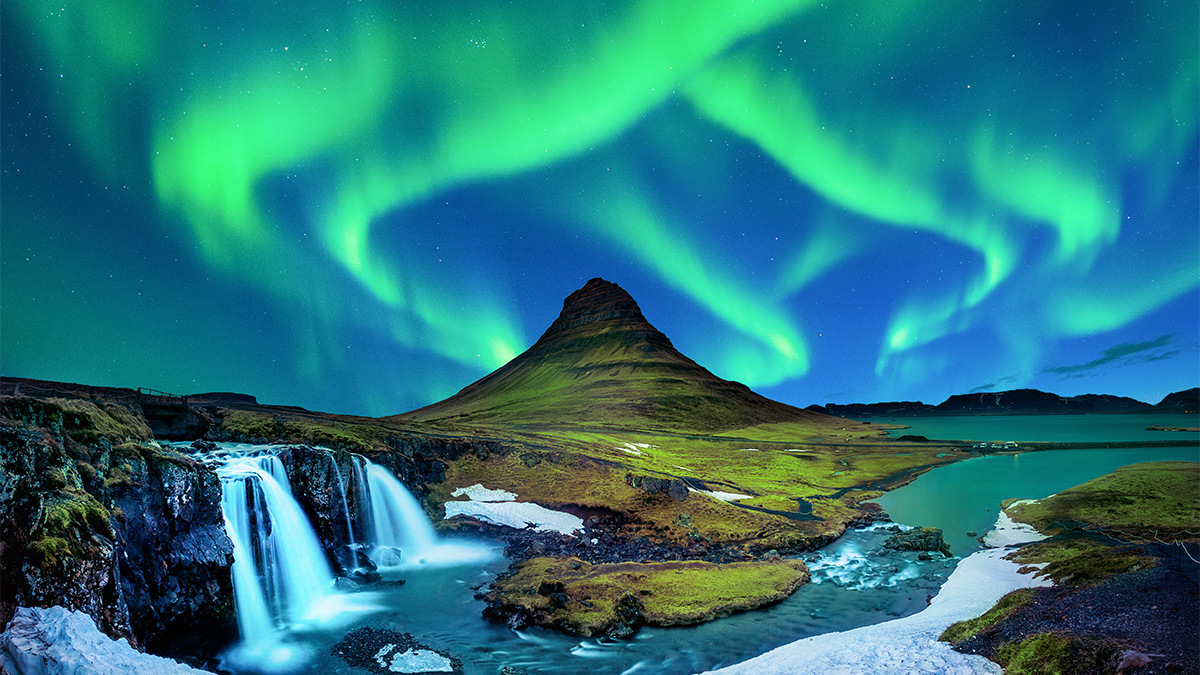In the land of fire and ice, Iceland, natural wonders are in no short supply. From its dramatic landscapes to its geothermal hot springs, the island nation offers a plethora of awe-inspiring sights. Among these natural phenomena is the lesser-known yet equally captivating örviri, a whirlwind phenomenon unique to Iceland. This article delves into the intriguing aspects of örviri, exploring its formation, cultural significance, and impact on the Icelandic environment.
Understanding Örviri
What is Örviri?
Örviri, derived from the Icelandic words for “whirl” (ör) and “weather” (veður), refers to a type of whirlwind or dust devil that occurs primarily in the highlands and volcanic regions of Iceland. These whirlwinds are similar to the more familiar tornadoes and dust devils found elsewhere in the world, but they possess distinct characteristics tied to Iceland’s unique geography and climate.
Formation of Örviri
The formation of örviri is largely influenced by Iceland’s volcanic activity and the interplay between hot and cold air masses. These whirlwinds typically form on clear, sunny days when the ground is heated by the sun, causing the air above it to warm up rapidly. When this warm air rises and encounters a layer of cooler air, it begins to rotate, creating a vertical column of spinning air.
In volcanic regions, the presence of geothermal heat can intensify this process. The heated ground, often covered in dark volcanic ash, absorbs and radiates heat more efficiently, providing the necessary conditions for örviri to form. Additionally, the rugged topography of Iceland can channel wind currents, further contributing to the formation and behavior of these whirlwinds.
The Unique Characteristics of Örviri
Size and Appearance
Örviri varies in size and intensity. They can range from small, short-lived whirlwinds a few meters in diameter to larger,. More powerful columns stretching up to several hundred meters high. Their visibility is often enhanced by the dust,. Ash, and debris they pick up from the ground, creating striking visual spectacles that can be seen from a distance.
Duration and Behavior
Unlike tornadoes, which can last for several minutes and cause significant damage, örviri are generally short-lived, often dissipating within a few minutes. However, their behavior can be unpredictable, with sudden changes in direction and intensity. This ephemeral nature adds to the mystique and allure of örviri, making them a captivating subject for both scientists and nature enthusiasts.
Cultural Significance of Örviri
Mythology and Folklore
In Icelandic mythology, natural phenomena like örviri have often been attributed to the actions of supernatural beings. Whirlwinds, in particular, were sometimes believed to be the manifestations of the Álfar (elves) or other mythical creatures. These beliefs have contributed to a rich tapestry of folklore surrounding örviri, with tales of these whirling dervishes being omens or signs from the spiritual world.
Modern-Day Interpretation
Today, örviri continues to captivate the imagination of locals and tourists alike. Photographers and filmmakers are particularly drawn to these whirlwinds, capturing their fleeting beauty in stunning visual records. Additionally, ör-=viri has become a symbol of Iceland’s wild and untamed nature, embodying the island’s dynamic and ever-changing environment.
Environmental Impact of Örviri
Erosion and Soil Movement
While örv-iri are not as destructive as tornadoes, they can still have a notable impact on the environment. The strong winds can cause soil erosion,. Especially in volcanic regions where the ground is covered with loose ash and pumice. This movement of soil and ash can alter the landscape over time, affecting plant growth and local ecosystems.
Interaction with Volcanic Activity
In areas with active geothermal and volcanic activity, örv-iri can interact with volcanic vents and fissures, potentially influencing the dispersion of volcanic ash and gases. Understanding these interactions is crucial for scientists studying volcanic activity and its broader environmental impacts.
Conclusion
Örviri, the Icelandic whirlwind phenomenon, is a testament to the island’s extraordinary natural landscape. From its formation rooted in volcanic activity to its. Cultural and environmental significance, örviri offers a unique glimpse into the dynamic forces shaping Iceland. As we continue to study and appreciate these natural wonders, örviri reminds us of the intricate and ever-changing relationship between the earth and its atmosphere, and the ongoing dance of natural forces that shape our world.









